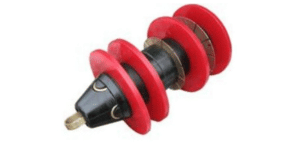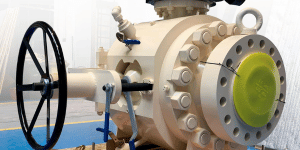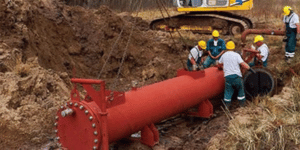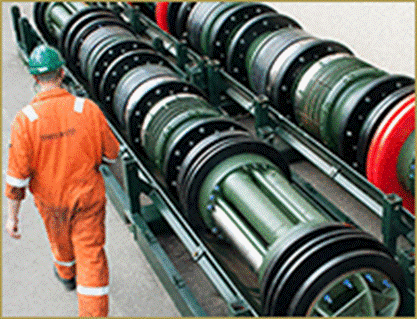The Scope
We were asked by a pig tool vendor to carry out a high-level study into the effects of a calliper pig striking a check valve plate. The check valve actuator had malfunctioned and therefore could not be manually opened to allow safe passage of the pig through the valve. The pig would therefore potentially be striking the check valve plate in an unknown position, depending on the flow within the pipe. The speed of the pig would also need to be considered.
Our client was concerned that the impact forces associated with the pig striking the plate would damage the calliper pig and potentially the valve mechanism. The client wanted to determine whether the g-force from the potential collision would be greater than the allowable limits for the components within the pig.
The Solution
The first part of the study involved determining the approximate angle at which the plate would be positioned at different gas flow rates.
The next stage was to determine the impact forces acting on the pig when it struck the valve plate. A static model was assumed for initial simplicity and, as a worst-case, the plate was assumed to absorb all the impact energy (i.e. not move after the impact).
Assumptions were also made for the compressibility of the nose of the pig based on material properties. This in turn gave a range of spring stiffness which could be used to obtain a maximum force.
We provided our client with the predicted maximum forces which they then compared to their allowable forces for the calliper tool.
The Benefits
The results of the study were used as a sense-check prior to our client's testing stage and allowed them to better prepare for the testing. The study also gave our client feedback on the shape and material of the proposed nose configuration.
An option for further study using a dynamic analysis was suggested as the next step in order to improve the accuracy of the results.






.png)